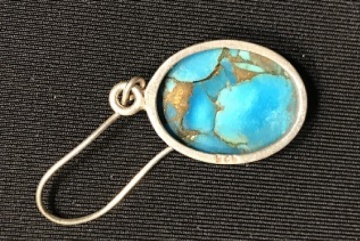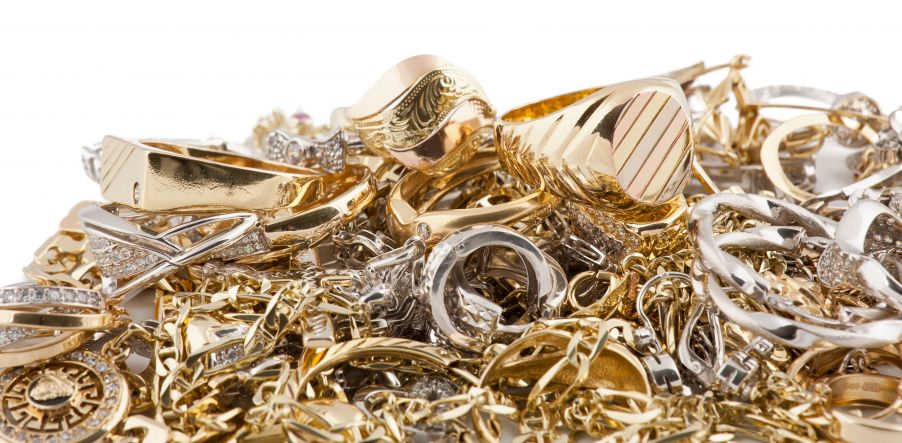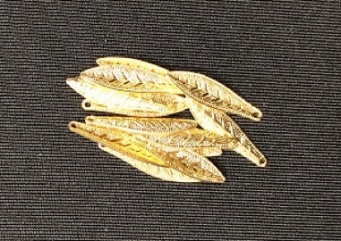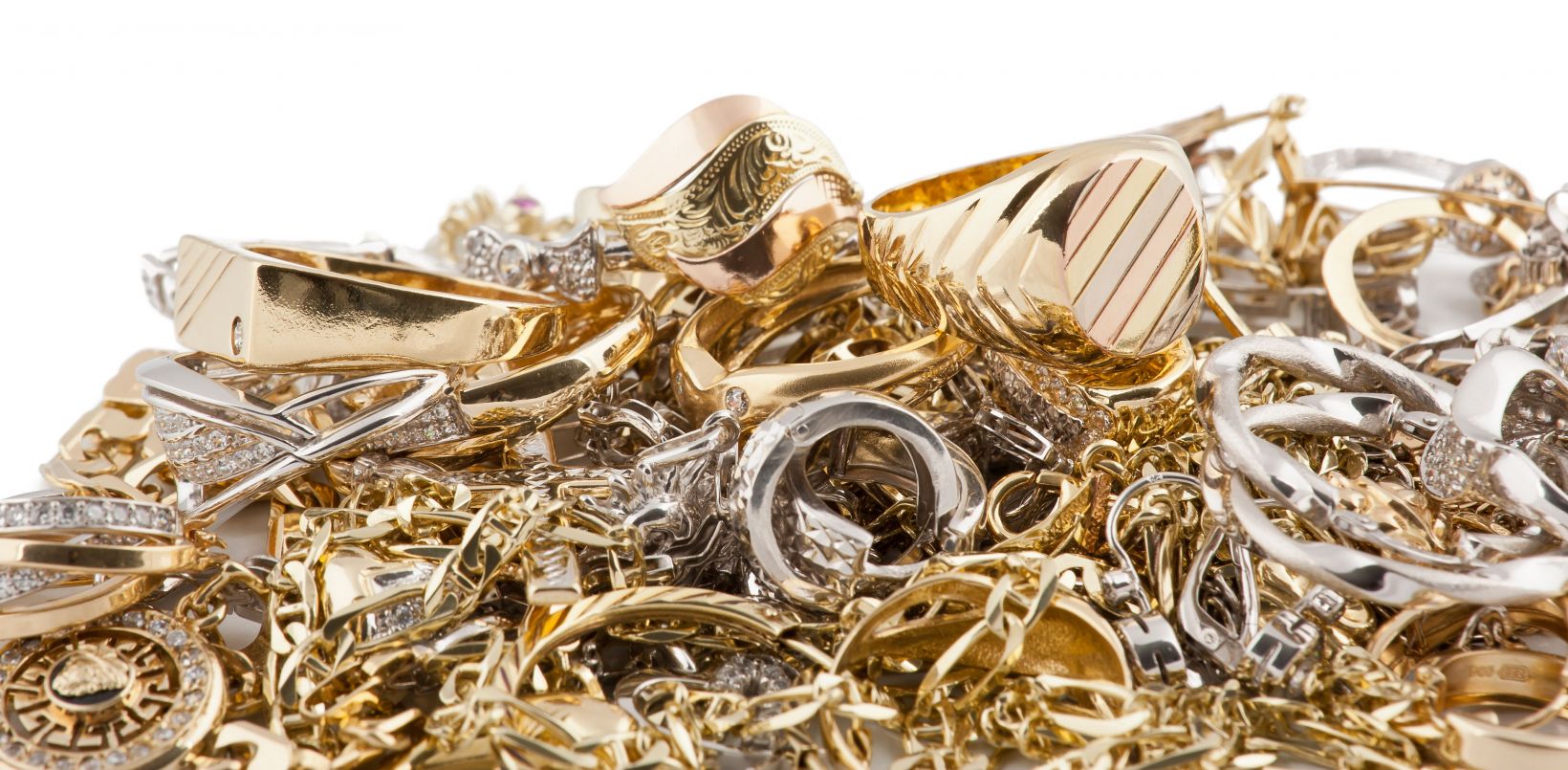Have you ever visited a market where you found some jewelry that you really liked? How do you know that you’re getting what you paid for? If you’re told that a pair of earrings, for example,
Verifying Jewelry Materials
Jewelry can be analyzed and tested in different ways, but some methods can damage (or even destroy) your jewelry.
- Naked eye or using a jeweler’s loupe: An experienced jeweler can verify the legitimacy and quality of some jewelry by looking at it under magnification, but this is not always possible.
- Weight/density measurement: Gold is a dense metal, so the idea behind this test is that if you drop gold jewelry in water and measure how much liquid it displaces, you can determine whether it’s pure gold. However, gold is often alloyed with other metals in legitimate jewelry, making this test unreliable.
- Markings: Gold jewelry sometimes has identifying marks that indicate its purity, such as 10K or 14K, but these can be faked.
- Nitric acid: A piece of gold is scratched against a testing slab to leave a mark. Nitric acid is applied to the mark to see whether it will dissolve. Depending on the acid’s concentration, the purity of the gold can be determined. However, most people do not want to damage their jewelry or their valuable items.
- X-ray fluorescence (XRF): A completely nondestructive method, XRF analysis leaves the jewelry intact and undamaged. A portable or benchtop analyzer sends X-rays into the jewelry, exciting the atoms and causing them to fluoresce energy back to the analyzer’s detector. The instrument uses the fluoresced X-rays to determine the jewelry’s material chemistry.
Why Choose XRF for Verifying Jewelry?
XRF can nondestructively analyze gold, silver, and platinum group metals, as well as nonprecious alloying metals, contaminants, and gold plating. XRF can even be used to identify certain fake gemstones, such as cubic zirconia, titanite, and leaded glass. Verifying jewelry’s material composition is important to help avoid fraud and to identify items that could be hazardous. For example, some materials, such as nickel, can cause an allergic reaction for certain people. Other hazardous materials can be dangerous when worn on or inside the body (such as in earrings).
Buyer Beware
I analyzed jewelry samples to determine their material composition. First up were some ‘gold’ leaves from a bracelet. I analyzed the leaves using a Vanta™ XRF analyzer. The results displayed a low gold (Au) result, indicating that the leaves are, in fact, gold plated. The bracelet is actually a copper alloy with thin gold plating.
Next, I analyzed some ‘sterling silver’ earrings. They were labeled 925, meaning they’re supposed to be 92.5% silver (Ag). First, I used the Vanta analyzer to identify the metal surrounding the stone. The results revealed two issues—the metal was only 82.7% silver, and it contained 7% cadmium. Cadmium is a highly toxic material and should not be in jewelry.
 | One of the silver earrings I analyzed.
|
Seeing these results, I decided to take it a step further and analyze the earring post, which is worn inside the earlobe. That result displayed 20% cadmium, which is even more concerning since some regulatory organizations suggest limiting the amounts to 0.01% or less!
Chemistry results for the earring’s post (the part that goes in your ear). The results are well above generally permissible levels.
| Element | % | +/- 3σ |
| Zinc (Zn) | 4.00 | 0.52 |
| Iron (Fe) | 1.14 | 0.53 |
| Copper (Cu) | 0.22 | 0.16 |
| Cadmium (Cd) | 20.1 | 1.1 |
| Silver (Ag) | 74.6 | 1.2 |
XRF Tools for Analyzing Jewelry
As you can see from the examples above, XRF is a great tool for analyzing jewelry. We offer two instruments that customers rely on to help identify counterfeit jewelry—the Vanta™ handheld XRF analyzer and the portable benchtop GoldXpert® XRF analyzer.
XRF analyzers are used in other precious metals applications, including:
- On-the-spot analysis of gold karat percentage
- Car catalyst recycling
- Gold bar analysis
XRF is a widely used, proven, and accepted method of
Related content
Presentation: Identifying Precious Metal Alloys on Your Bench and in Your Case
Check Out this Infographic to Learn More about Vanta Handheld XRF Analyzers
All That Glitters Isn’t Gold: How to Spot Fake Bullion
4 Advantages of Axon Technology
Get In Touch



